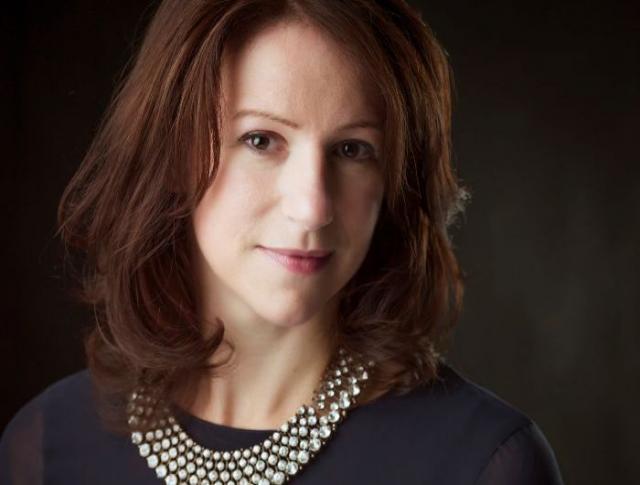By Keeley Ryan
Hazel Gaynor has opened up about the “incredible” true story that inspired her latest novel, The Bird in the Bamboo Cage.
The author’s latest novel hit shelves on August 6 — and she recently spoke to SHEmazing about what made her want to become a writer, her love of history and the inspiration behind her new book.
“I honestly didn’t even think a career as a writer was something that you could just do; I have nobody in the family who was a writer, I knew nobody in the business at all. So this is really a second career for me, I only started writing as I turned 40,” she told us.
“Although, I did write — I have lots of stories that I wrote as a child, and I read voraciously. I had the library card, and I always had books. I think that any writer, first and foremost, is always a reader. I think my love of books came from a very young age, but I had a very different corporate career in London and Sydney, then in Ireland when I moved here 20 years ago. [But] it was redundancy and becoming a new mother that all sort of fell into place at once, [which] essentially led me to take a bit of a leap of faith and start writing about my experience as a mom. And that then led me to uncapping this slight plan I’ve had all along to write books. It’s just been the best experience over the last eight years.”
The Bird In The Bamboo Cage is set in China during World War II — and is inspired by true events surrounding the Japanese Army’s internment of teachers and children from a British-run missionary school.
“I think it was early 2017 that I was talking about possible future ideas with my agent. She sent me a link to an American podcast series and said, just listen to this and see what you think,” the author recalled as she discussed the inspiration behind The Bird in the Bamboo Cage.
“It was this incredible story about the Second World War in an area of the war that I’d never really thought about, or knew much about. It started out as the sort of jokey story of Girl Guide cookies that had gone missing,” she continued.
“Very quickly, the story developed into this incredible true event of a group of schoolchildren and their teachers who were taken by the occupying Japanese army to an interment camp — and it was just one of those goosebumps moments. I was sitting at my desk, and I think I was physically moving forward because I just couldn’t believe what I was reading.”
“I just thought, how on earth did a group of privileged British schoolchildren get caught up in an interment camp in China; this is unheard of,” she added.
“And then I started researching, and then the more I researched, the more fascinated I was — and the more compelled I was to write this story, and tell this piece of history that we haven’t really spoken about much. I just fell into a rabbit hole, and I found myself absolutely immersed in these people’s lives and this incredible story that now has found its way onto the page.”
The author shared what drew her to historical fiction — besides her love of history — and how the past can be “a rich source of material.”
“My first novel [The Girl Who Came Home] was actually set around the Titanic, and it seems like a crazy thing to do — somebody tackling something so massive and well known with their first book [because] you have this sense of, can I do this story justice? Can I reflect this experience [that people actually lived through] through my imagination and my characters? There’s a real sense of duty of care and responsibility to get it right,” she said.
She recalled how her interest in “that particular ship against the human story — the people who found themselves on that ship”, combined with the Irish connection, inspired her to write her first novel.
“I’ve always loved history,” she continued. “I read historical fiction, and I think any writer is naturally drawn to write, perhaps, the book that they can’t find on the bookshelf.
“And that’s one piece of advice people always say: write the book that you would want to read. So, a book about the Titanic was something that I really wanted to read — but I couldn’t find it, so I wrote it.”
Gaynor explained that all of her novels have “come from a piece of history or a personal connection that I’ve had to that history.”
“[The past] is such a rich source of material; it is endlessly fascinating to me. And yet, it can feel very contemporary and relevant. When you start to think about it from a human experience, we all still fall in and out of love; we still see our friends and family — that’s the same, whether we’re talking about today or 1941. And I think that’s what connects us all.”
The Bird in the Bamboo Cage by Hazel Gaynor, published by HarperCollins, is available now.






